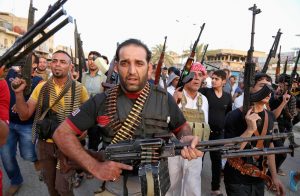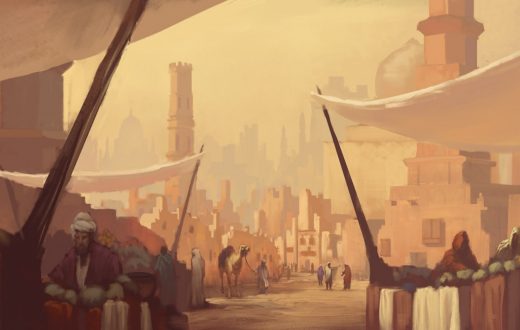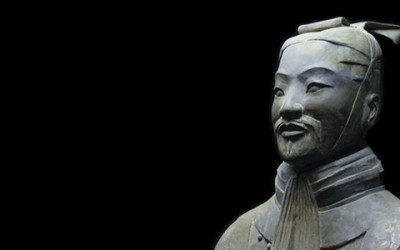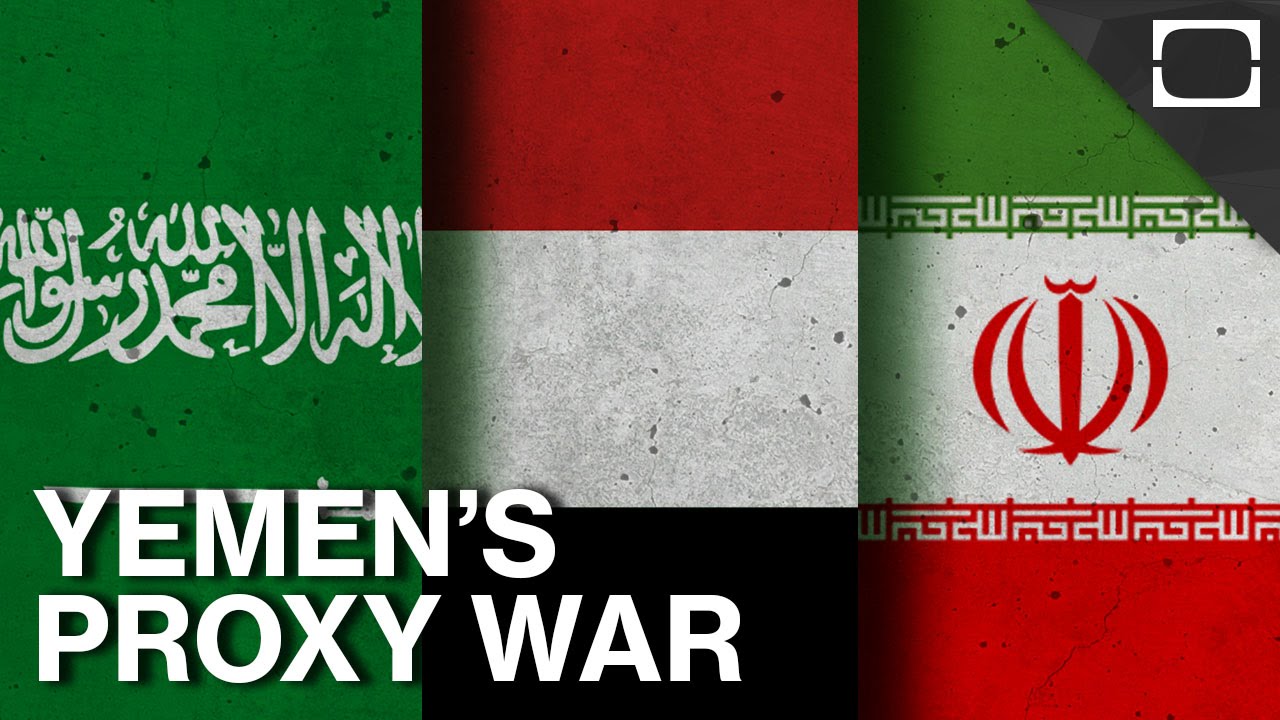UN warns about the Yemen’s war and declares that’s it’s the « worse humanitarian crisis in the world”. Nevertheless, despite warnings, this war continues to escalate. We hear about this conflict since many years from now, but what is really happening there?
Back on some important points to understand the actors and the issues of the Yemen’s war.
A Shiite rebellion
 It’s in 2004, in the governorate of Saada on the border with Saudi Arabia, that a major event will determine the future of Yemen until today. Indeed, the Zaydi Shiites enter into conflict with the central power of Sanaa, the capital of the country.
It’s in 2004, in the governorate of Saada on the border with Saudi Arabia, that a major event will determine the future of Yemen until today. Indeed, the Zaydi Shiites enter into conflict with the central power of Sanaa, the capital of the country.
Yemen is mostly a Sunni country, but a minority of almost 40% is Shia. This Shiite rebellion expresses the feeling of this minority being sidelined in the daily life of the country (political or economic life). This rebellion is led by Hussein Badreddine al-houthi, former member of the parliament.
The Yemeni armed forces repress violently the demonstrations of the rebels. Hussein dies on September 10, 2004, and thanks to this death, they hope to end this insurrection. Nevertheless, the rebellion grows and becomes even more violent. He then gives his name to the rebels; “The Houthi Rebels”.
This conflict continues during five years and the rebels have largely gained ground. In 2011 they join the student’s demonstrations as part of the Arab Spring. The government violently repress these demonstrations, killing hundreds of people. The UN then asks President Ali Adballah Saleh to step down. He does in February 2012.
An International Conflict
Following the fall of political regime, the Houthi rebels continue their road to power and take control of the capital and a large part of the country. They achieve this thanks to the support of Iran, the Shiite Empire. Saudi Arabia, very concerned to see a Shiite empire established on its borders (the latter is Sunni), then decides to militarily intervened in the country, supporting the Sunni regime. A military intervention was launched in 2015 by Saudi Arabia leading a coalition of nine countries (United Arab Emirates, Qatar, Egypt, Morocco, Senegal…) to influence the outcome of the Yemeni Civil War in favor of the government.
Yemen has since become the ground of a conflict of influence be tween Iran and Saudi Arabia. It is in this general chaos that al-Qaeda is experiencing a boom, and also other terrorist organizations which benefit from this situation.
tween Iran and Saudi Arabia. It is in this general chaos that al-Qaeda is experiencing a boom, and also other terrorist organizations which benefit from this situation.
We can also talk about the occidental responsibility in this conflict. Indeed, United-States and France support Saudi Arabia and provide them with weapons. Many US advisers are present in Yemen to help the Saudi army. There are nowadays serious doubts about the degree of US engagement with Saudi Arabia in this war and many crimes against humanity are to be deplored. In 2015 France has exported 141 million euros of weapons for Saudi Arabia.
Today the country is divided between north and south. In the north, a form of government mixes Houthi rebels backed by Iran and the faithful of former President Ali Abdullah Saleh. In the south it’s the government officially recognized by the international community and supported by Saudi Arabia.
A Humanitarian crisis
After three years of war, the UN count about 10,000 dead, mostly civilians.
 Amnesty International denounces a “Forgotten War” and declares that “Human rights violations and war crimes are perpetrated throughout the country by all parties to the conflict, causing unbearable suffering to the civilian population.”. Civilians find themselves trapped between two camps that make no distinction during bombing. NGOs deplore attacks of the Arab coalition and their blunders.
Amnesty International denounces a “Forgotten War” and declares that “Human rights violations and war crimes are perpetrated throughout the country by all parties to the conflict, causing unbearable suffering to the civilian population.”. Civilians find themselves trapped between two camps that make no distinction during bombing. NGOs deplore attacks of the Arab coalition and their blunders.
Just last week, a coalition airstrike killed about 50 people, including 40 children. Yemen holds the sad record for the largest number of people in need of humanitarian assistance. More than 20 million of the 27 million inhabitants are in danger. In addition, malnutrition and disease, including cholera, compete to kill more and more people.








